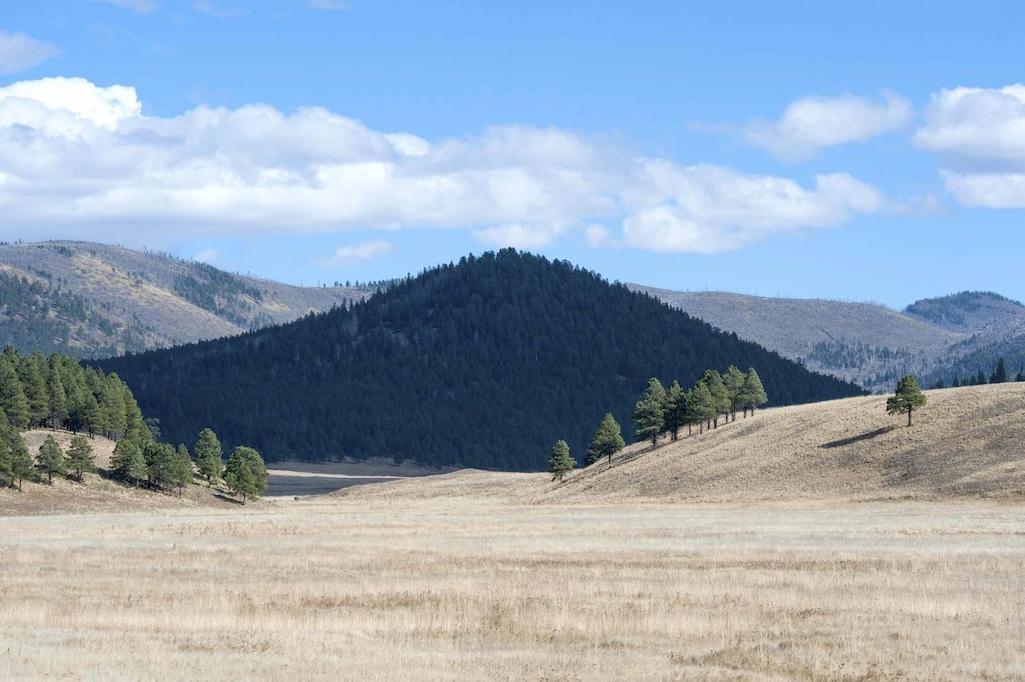
The National Park Service has been working to eliminate trespass cattle at Valles Caldera National Preserve/Patrick Cone file
Nearly two dozen ranchers whose cattle wandered into Valles Caldera National Preserve this year removed their cattle, either voluntarily or after being informed by certified letter that the National Park Service could impound the livestock.
There have been longstanding problems with cattle trespassing on the preserve in northern New Mexico. Earlier this month conservation groups expressed their frustation over the matter and indicated they would sue the Park Service to solve the problem.
The cattle enter the preserve through downed fences to reach its grasslands. They have damaged wetlands and created erosion problems in areas where the Park Service has spent a lot of money on restoration work, according to Caldera Action, an advocacy group.
Preserve staff say they recently sent out 23 letters to ranchers who were identified as owners of the cattle, informing them that if they didn't remove the livestock the Park Service would.
"Many retrieved their animals before even receiving the letter," preserve spokesman David Krueger told the Traveler in an email. "The National Park Service chose to use this approach this year as a means to inform ranchers of the potential for fines, impoundment, and other solutions available to the NPS for non-compliance.
"In 2024, the NPS plans to contract for wrangler services to round-up trespass livestock to minimize the time livestock are impacting park resources," added Krueger. "Ranchers will still have five days to retrieve their cattle before they are impounded. In addition, the NPS is working with the USDA Forest Service to cost-share the construction of new grazing allotment fencing along the park boundary. The NPS also has funds available to establish a pilot project for a virtual fence system that may be more effective than physical wire fencing at keeping livestock in their permitted allotments."
Already the Park Service has spent about $350,000 in the past to repair or replace fencing along the boundary fence between the Santa Fe National Forest and the national preserve.



Comments
How much does it cost to sue the NPS? Maybe if the do-gooders spent that money on fence repairs the issue would be resolved already.
Why should the so-called "do-gooders" spend their own money? You don't explain. The ranchers whose cattle are trespassing on public land and causing habitat injuries should be sent bills by the NPS to recover public monies spent in repair And yes, the NPS should be more proactive in responding to these incidetns. Here, yet another example of western ranchers getting their cattle back and not having to pay a dime in restitution. They treat their dirt cheap grazing allotments as a license to overgraze the land and then move on to the next allotment.